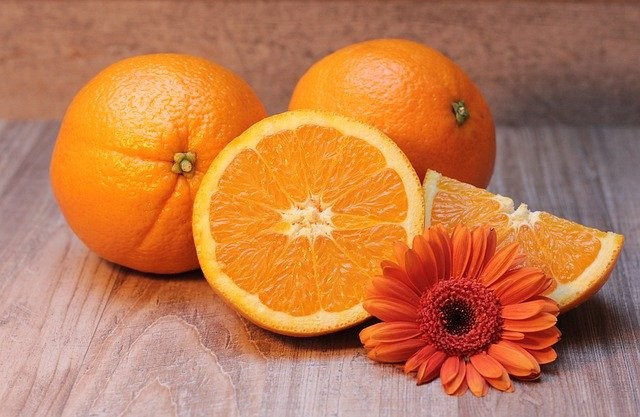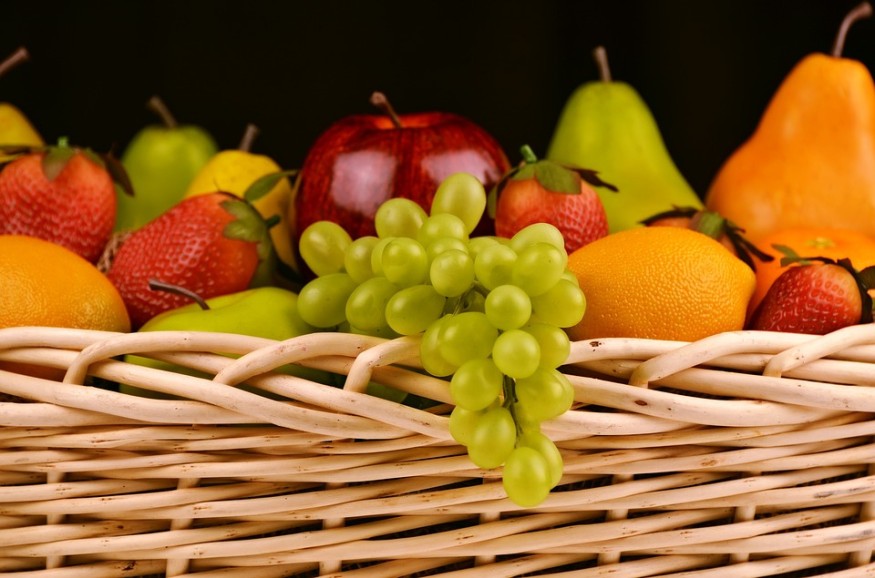
There are a lot of diets in the world. Some foods promote weight loss, such as a low-carb diet, while there are also diets for weight gain. However, there is also a diet for people who have problems with their glycemic index. That diet is called the glycemic diet.
What is a glycemic diet?
A glycemic diet refers to a diet followed by a person who has a low glycemic index. Many studies show that people who follow a low GI diet tend to have drastic weight loss, lower blood sugar levels, and lower risk to certain cardia diseases and diabetes more than other types of food.
However, the problem of a glycemic diet is it sometimes has unreliable foods, and it tends to fail the food's healthiness. In this article, we will show you more facts about glycemic diet, how it is done, and the particular foods that you should and should not take.
The glycemic index (GI)
Eating foods with carbohydrates are being broken down by your digestive system into simple sugars that go through your bloodstreams. However, not all carbs are the same, and different types affect differently on blood sugar.

The glycemic index (GI) is the one that measures the food's rank in accordance to their effect on your blood sugar levels. Foods that are known to increase blood sugar levels are ranked in comparison to 50 grams of glucose. There are three types of GI ratings, mainly low, ranging from 0-55 grams of glucose; medium, which is about 56-69 grams; and high, which is about 70 grams or more.
Foods for glycemic diet
Experts and dieticians say that foods that contain low GI are always preferable because they can be digested slowly, which allows proper absorption. Thus, it is essential to know what foods can be eaten to balance out your GI.
Also, keep in mind that foods that have an assigned GI value have carbs in it. Thus, foods that do not have carbs are most likely not included on GI lists. Some of those foods are beef, fish, chicken, eggs, spices, and herbs.
Factors that affect a food's GI
Numerous factors affect a food's GI. Here are just some of the few:
- The type of sugar the food contains affects a food's GI in general. Most people think that sugary foods have high GI-- but that is not entirely true. A sugar's GI can go as low as 23 for fructose and 105 for maltose. The GI of a food depends on the type of sugar it contains.
- Starch structure. Two molecules make up a starch, which is amylose and amylopectin. Starch is known to be an element for weight gain because amylose can be hard to digest, and amylopectin is more comfortable to understand. Therefore, foods that are low in GI tend to have higher amylose intake.
- Cooking method. Some cooking and food preparation techniques can affect a food's GI. When food is cooked more extended, the faster the sugars will be digested, which increases GI.
ALSO READ : 4 Things You Need to Know Before Going Vegan









